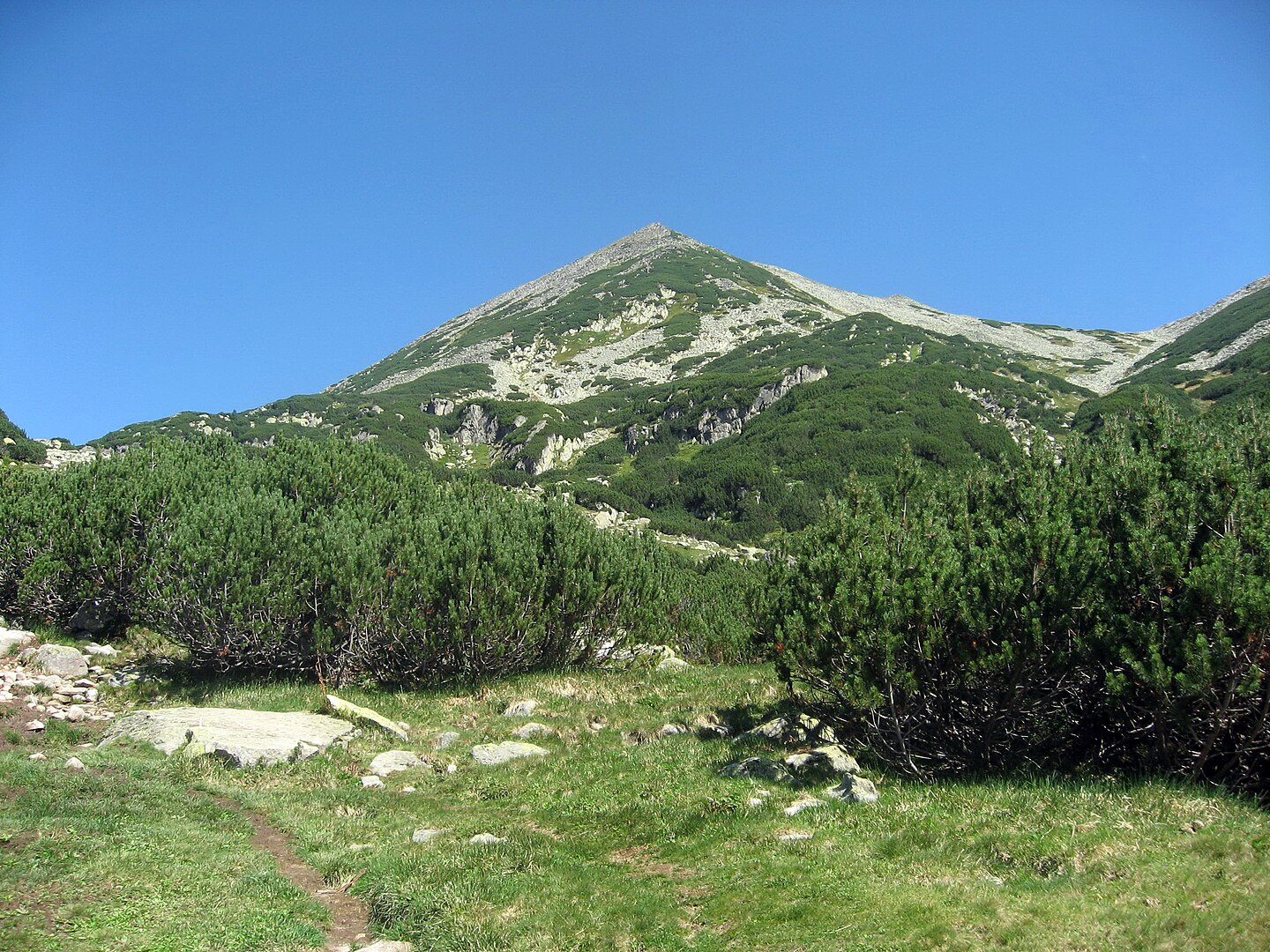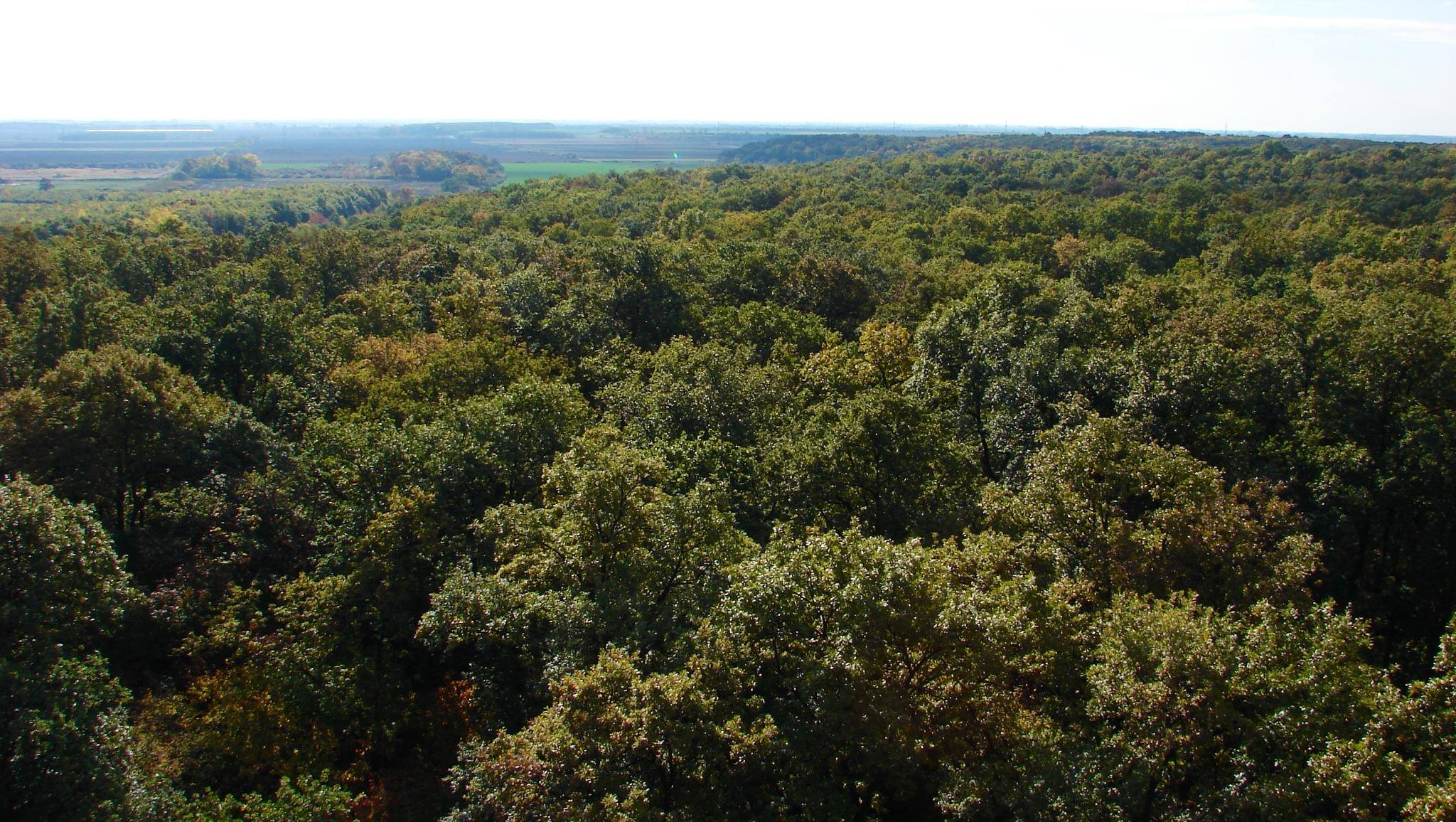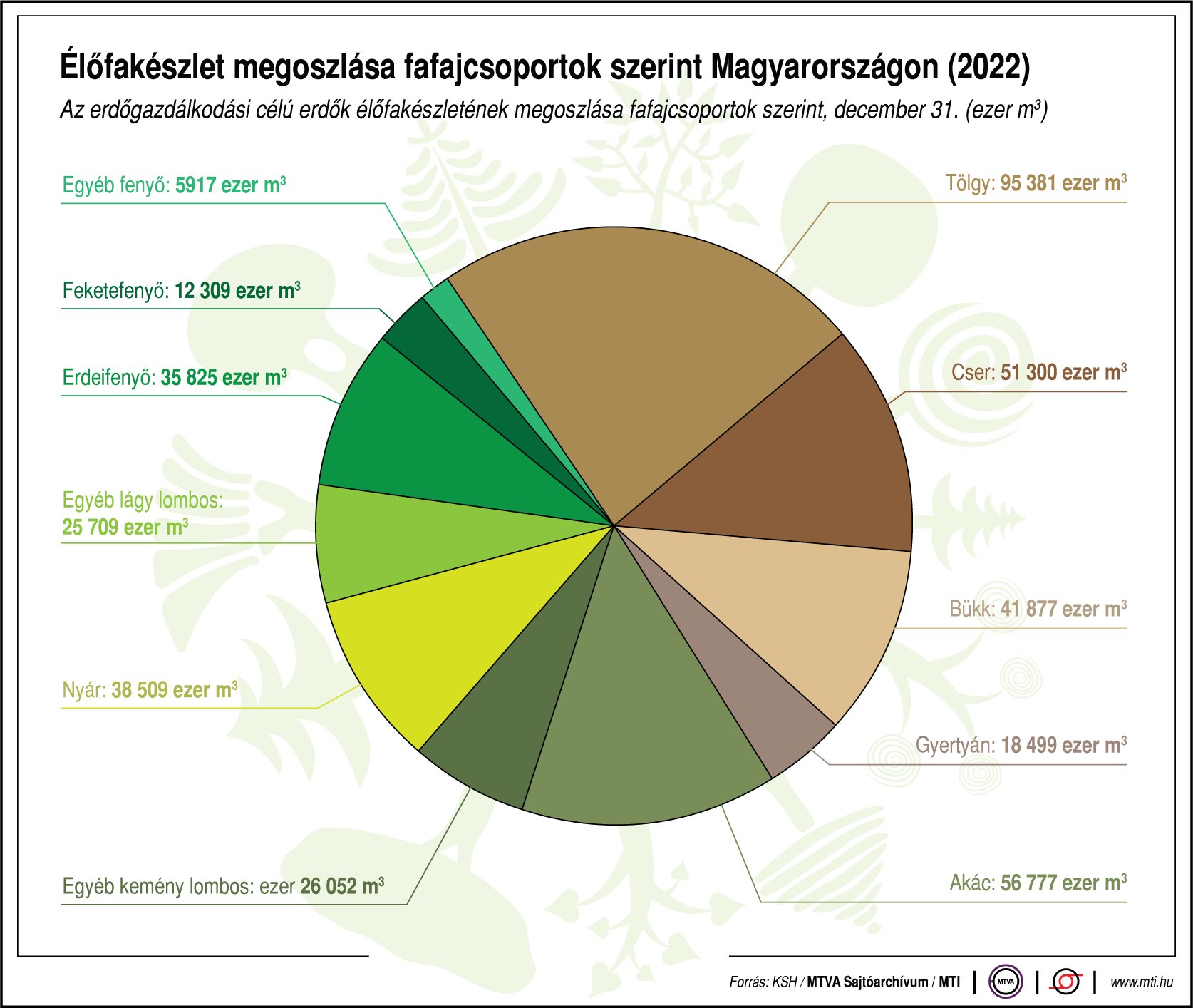
With this new method, the researchers aim to effectively monitor changes in species' ranges.Continue reading
If the Ministry of Agriculture’s programs meet their target, 27% of the country’s land will be covered by forest by 2030, reports Magyar Nemzet. In the last 100 years, the forest area in Hungary has been doubled to two million hectares, and planting has accelerated in recent years.
Hungary is currently undergoing the largest forest planting program in its modern history, with the government aiming to increase the country’s forest area from the current 2 million hectares to 2.5 million by 2030. This is also being helped by the Settlement Afforestation Program, the fourth phase of which was announced by the Ministry of Agriculture earlier this year to help green settlements of less than 10,000 inhabitants. Municipalities were able to apply for another 10,000 trees from February 1, after pre-registration, and the available quantity was used up in a single day.
The fourth phase will bring the total number of trees planted to 56,000 by the end of the year. The program is coordinated by the National Association of Forestry (OEE), also running the Országfásítás.hu portal. The website also contains an interesting historical retrospective.

Forest area in Hungary between 2000 and 2022. Graph via MTI.
Hungary’s forests covered 7.3 million hectares before the First World War, or 26% of the country’s territory at the time.
After the Treaty of Trianon (peace treaty signed in 1920, giving about two thirds of Hungary’s land and one third of its population to neighboring countries), the forest area decreased by 85% to one million hectares, accounting for less than 12% of the country’s remaining land area.
The need to increase the area covered by forests has therefore been a constant in Hungary for over a century, from an economic, nature, and health protection point of view. In response to this, a major afforestation effort of global importance has been initiated and continues to this day. The most important step in increasing the forest area was the afforestation of the Great Plain, of the mountain and hilly areas. All this was the work of Károly Kaán, the greatest Hungarian forester of the 20th century, as was the drafting of the 1935 law on the protection of forests and nature.

Photo via Fortepan/Csaba Zoltán
The first impetus was halted by the Great Depression and then by the Second World War, but along the professional principles of the 1930s, the now largely state-owned afforestation process was resumed in the 1950s and 1960s, with a high level of attention. Furthermore, after the change of regime (fall of communism, 1989), various afforestation programs continued on the re-emergence of private property. Thus, since 1990, private foresters have created some 200,000 hectares of new forest, 10% of the current forest area.

Photo via Facebook/Kerecsendi Berek erdő
If the Ministry of Agriculture’s programs meet their target, 27% of the country’s land will be covered by forest by 2030.
Afforestation is taking place in parallel in several areas, for example, the Rural Development Program and the Common Agricultural Policy both support afforestation on private and municipal land.

Live tree stock distribution by species groups in Hungary (2022). Graph via MTI.
The Forestry Association’s website also points out that forests created through planting enjoy strong legal protection. Under an act on forests, the owner has a maintenance obligation, i.e. forests cannot be turned back into ploughland, pasture, or even built-up areas.
Via Magyar Nemzet; Featured image via Facebook/Gemenc Studios